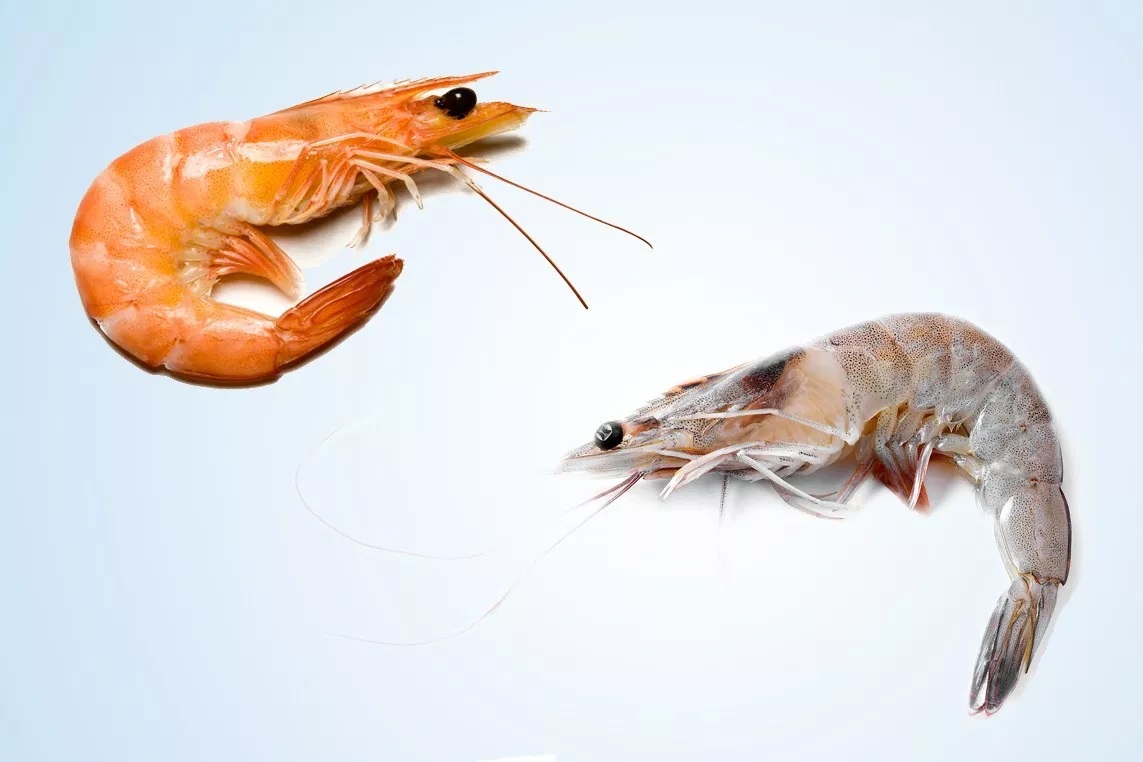What Is the Difference between Shrimp & Prawns?

Prawn and shrimp are two common terms that are often used interchangeably. You may even have heard some people say that the two terms mean the same thing. Although these two creatures have so much in common, they also differ in various ways.
In fact, you may be surprised to learn that prawns and shrimp do not even belong to the same species of animals. However, both of them are caught, farmed, and served in restaurants and homesteads around the world.
Where you live will most likely determine what term you use to refer to these creatures more frequently. In this article, we discuss some of the key differences between prawns and shrimp. Read on to find out everything that you need to know.
Body Anatomy
Although some body aspects may not be as prominent as others, there are a few parts of these crustaceans that differ. First, the gills of shrimp are smaller and plate-like while prawns’ gills are branching.
Shrimp usually have a side plate that creates overlay segments in front and behind while prawns’ side plates tend to overlap from front to back.
One of the telltale signs that will help you know whether you are eating a prawn or shrimp in a Montreal restaurant is to check whether the body curls or not. The relatively harder outer skeleton of prawn does not allow it to bend and thus it remains somehow straight.
On the other hand, shrimp tend to have a tight curl to them. You can also examine the legs to differentiate the two. Shrimp have the largest pincers on their front pair of legs while prawns have their largest pincers on the second pair of legs. Prawns also have claws on three pairs of their legs.
Habitat
Both prawns and shrimp live in water. However, most varieties of shrimp are found in salty water bodies, while most types of prawn live in freshwater bodies. Only 20% of shrimp live in freshwater bodies.
Shrimp mostly live near the bottom of the water body. Some species occupy the leaves of water plant while others utilize their small legs and claws to perch tightly onto the seafloor.
Most varieties of prawn occupy warm waters with only a few of them living in the colder waters in the northern hemisphere. Prawns perch on water plants or rocks where they lay their eggs.
Size and Taste
In most cases, shrimp are much smaller than prawns. But do not use this as the primary way of differentiating between these two since some shrimp can be larger than a typical prawn.
Before seasoning, shrimp have a noticeably saltier and more savory taste because they live in salty water.
On the other hand, prawns have a naturally sweeter taste to them before seasoning. You need to be careful with salting and seasoning, lest you end up with saltier shrimp or under-seasoned prawns.
Choosing between Shrimp and Prawns
Choosing between these two delicacies can be quite challenging. Make sure that you select your prawns or shrimp based on what size you prefer and what your recipe calls for.
Apart from the size, you should also remember the fact that different types of prawns and shrimp have different qualities and flavor profiles.
Therefore, certain types of these sea creatures are only ideal for specific dishes. It is always good to do your research before you make up your mind.








